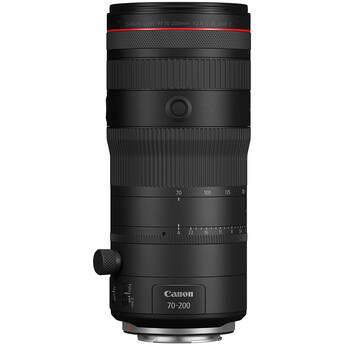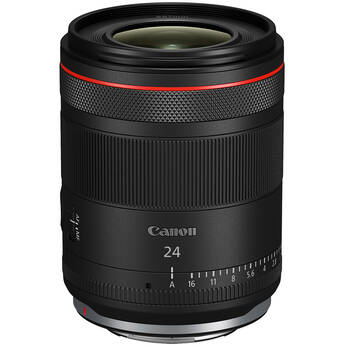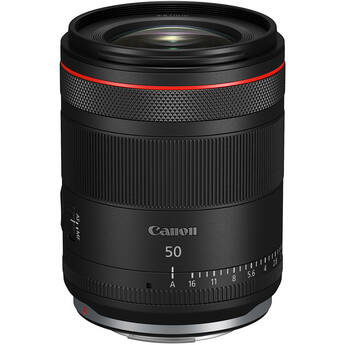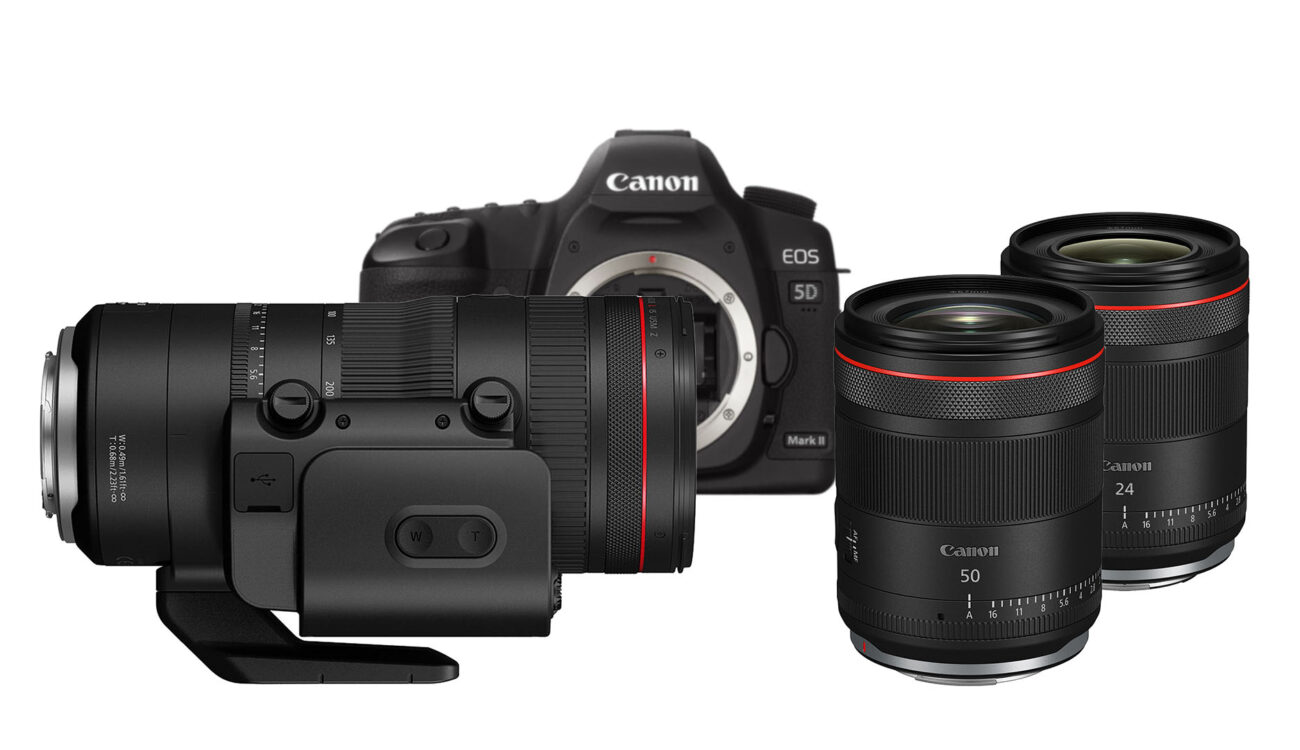
Canon announced three new hybrid lenses last week. This trio of 70-200mm f/2.8, 24mm f/1.4, and 50mm f/1.4 joins the existing 24-105mm f/2.8 and 35mm f/1.4, in the company’s dedicated hybrid lens lineup, equally aimed at both professional stills and video. Canon may be late to this party, as some other manufacturers already offer hybrid lens sets, but it won’t be the first time Canon is fashionably late yet enters the party with a blast.
With their latest announcement, Canon returns to one of their pivotal moments as the herald of the hybrid revolution. In September 2008, Canon announced their 5D Mark II camera. With a 21-megapixel full-frame CMOS sensor, a rugged yet relatively compact build, and impressive ISO performance, this camera was tailored for professional stills photography. But deep in its menus, the nucleus of a revolution lay dormant.
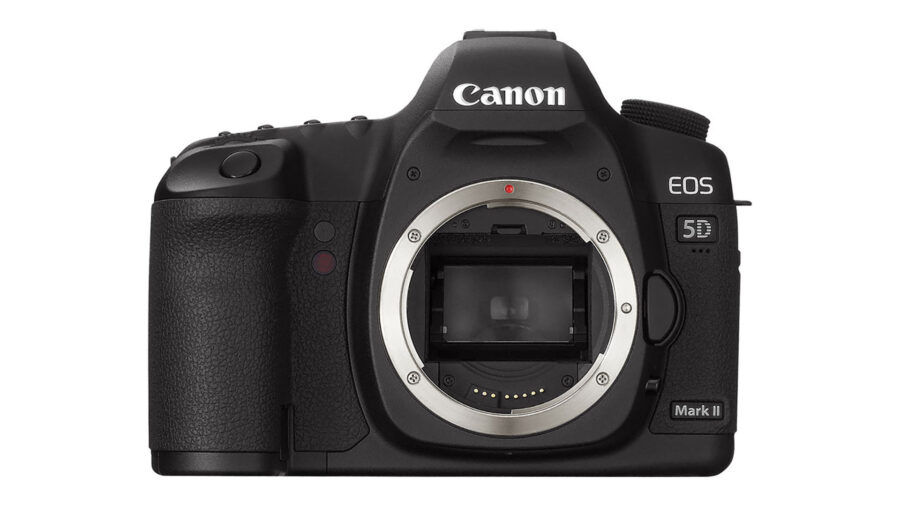
Patient zero
Canon’s 5D Mark II wasn’t the first DSLR to offer video functionality (it came in second after Nikon’s D90). Still, it was the first camera to see professional use as a video, cine, and filmmaking tool. The combination of an enormous sensor, interchangeable lenses, and a dirt-cheap price tag (compared with S35 cameras of that time) made the 5D Mk II a fan favorite. Many filmmakers took advantage of the incredibly thin depth of field it provided (including yours truly) and enjoyed new and exciting visual expression options now open to all.
Blunted edge?
The years have passed, and it seems that Canon lost their innovative edge over the rest of the market. The C line had a much higher price tag, and segmentation crippled the stills-oriented EOS cameras for some time. This segmentation still lingered as Canon joined the mirrorless fray, but in recent years, some things have changed. The second and third mirrorless generations produced by the Japanese giant got increasingly better motion capture capabilities.
Winds of change
Cameras like the EOS R3, EOS R1, and EOS R5 Mk II feature some of the most robust motion capture capabilities, reinforced by fast-reading stacked CMOS sensors, high-capacity media, and various codecs and formats. One would be hard-pressed to differentiate Canon’s high-end hybrid cameras from their cine line based on video specifications alone. And now, as the RF mount takes over the cine line – it’s time for the next step.
Hybrid optics
Canon takes a page out of their own cine line, or out of Panasonic, SIGMA, Samyang or Sony’s book with their latest hybrid lens line. Canon, once again, doesn’t copy others but takes inspiration and adds their vast experience in both optics and cameras, stills or cine, creating their own new formula.
A Zoom duo and a prime trio now cover most mainstream ranges, with next to zero compromises on either cine or stills workflows. The focus is both fast and smooth; the de-clicked iris ring is there, as well as the beloved clicked function ring, and both zoom lenses are equipped with geared rings for power zooming. Focus breathing is eliminated on the optical level, so no crop is needed, and visual consistency is also on board. Canon, as is somewhat usual, took their time and thought things through.
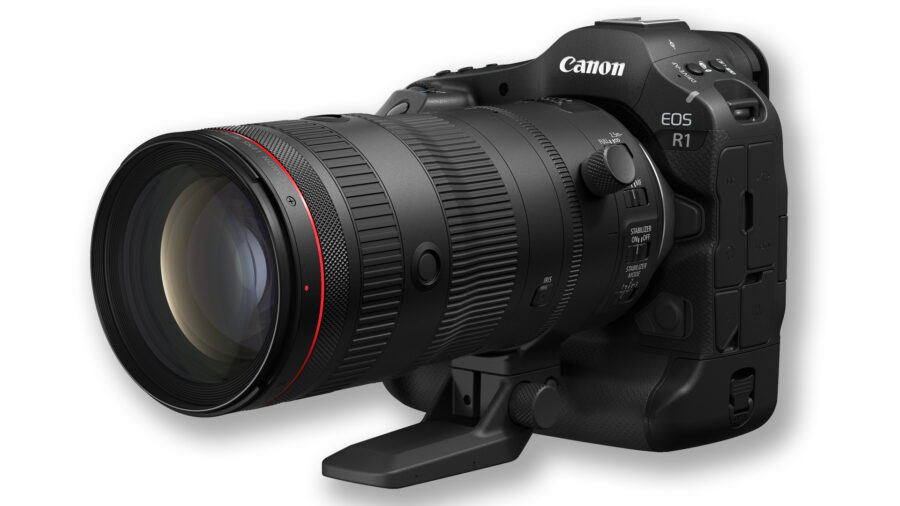
More than polished glass
As with other cine lens lineups, Canon’s hybrid line emphasizes ergonomics, workflow, and in-hand use cases. The lenses are physically consistent, making gimbal balance or rigging easy and streamlined; video operation should be as smooth as possible. This will also bring the perks of hybrid cameras into high-end cine, such as full autofocus work and compact sets. All the details are here, but the most important part is that Canon finally ended what they started all those years ago, foregoing video-stills segmentation and fully immersing itself into the hybrid world.
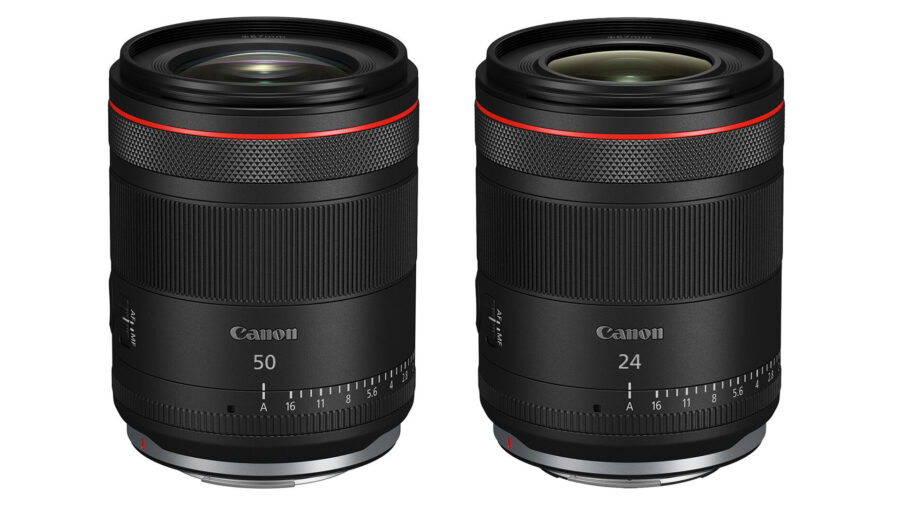
The road finally taken
We can do nothing but speculate what could have happened if Canon had chosen to let go of segmentation earlier on. While tempting to visualize a utopia, this may have interfered with the development of our industry in ways that we can’t imagine. Anyway, it’s not a “What If” parallel universe episode of your favorite Sci-Fi. In reality, Canon now offers an impressive hybrid line comprising cameras and lenses. More important, in my humble opinion, is the potential derived from this new path the company is now taking.
Do you think Canon should have acknowledged the hybrid segment earlier, or are you happy that they took their time to research and refine the product? Let us know in the comments.
